My Cauliflower Turned Purple: Reasons For Purple Tint On Cauliflower
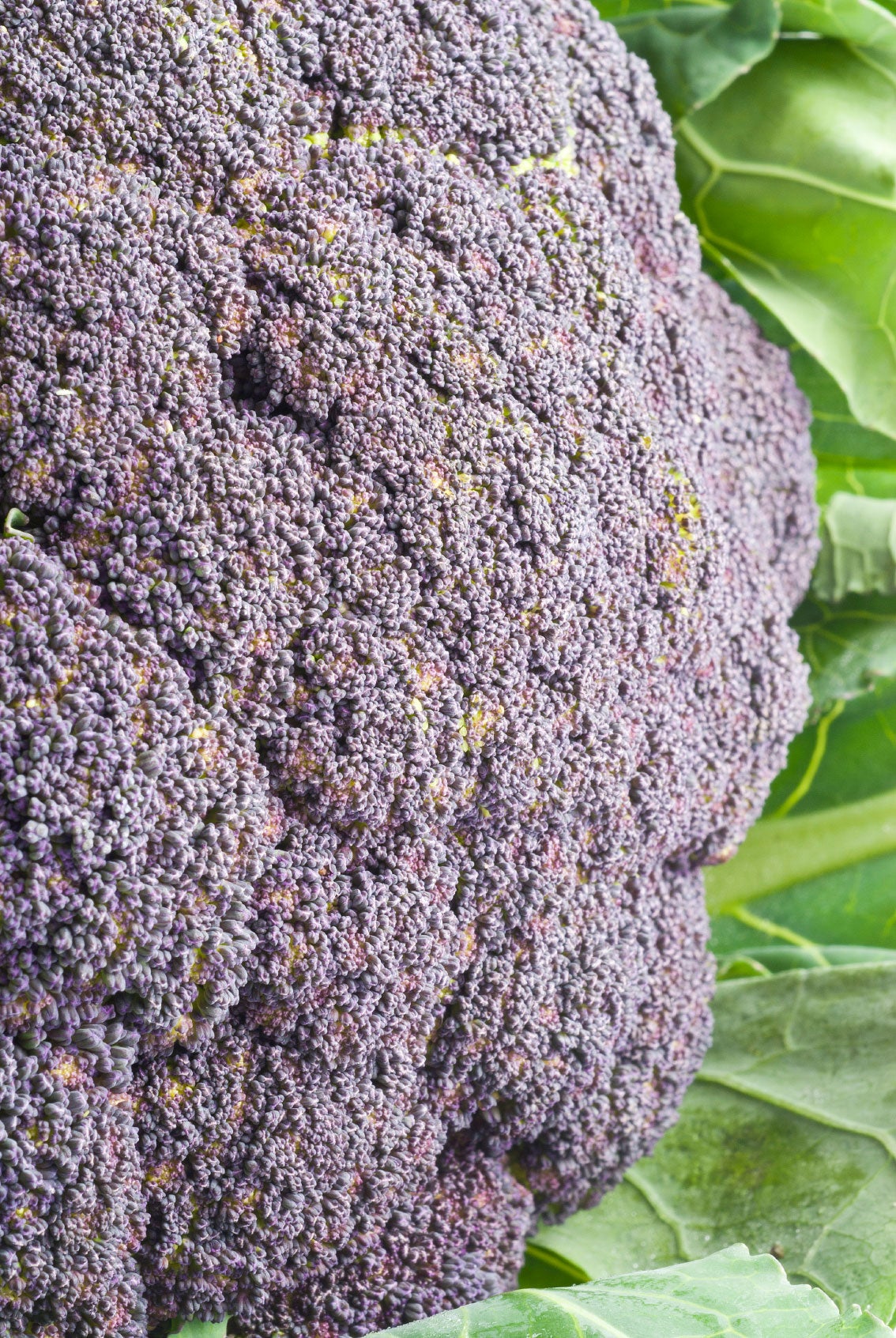
Cauliflower is a member of the Brassica family grown for its head or curd, which is composed of a cluster of flowers. The head is most often pure white to a slight cream in color, but what if there is a purple tint on cauliflower? Is it safe to eat purple cauliflower?
Help, My Cauliflower Turned Purple!
It happened to me the first time I grew cauliflower in my home garden; my cauliflower turned purple. It was my first foray into vegetable growing, about 20 years or more ago. Everything was an experiment. The Internet was more or less non-existent, so I often relied on my mother or aunt to clue me in on gardening problems and possible solutions. Thankfully, they told me this purple tint on cauliflower was not a disease, fungus or pest. Cauliflower is a cool weather veggie which thrives in the cool temperatures of spring and fall. As mentioned, it is grown for its whitish to cream-colored head or curd. But cauliflower naturally has a range of colors, even tending towards purple, yellow, red or blue tints. This purple color in cauliflower is caused by the presence of anthocyanin, which is exacerbated by sun exposure. It is a harmless water soluble pigment found in colorful foods such as grapes, plums, berries, red cabbage and eggplant. Certain varieties, such as 'Snow Crown,' have a stronger propensity for a purple color in cauliflower heads.
Preventing Cauliflower with Purple Tinge
To prevent growing cauliflower that has a purple tinge to it, purchase a self-blanching variety which has been developed to reduce problems with curd tinting, or blanch or cover the head as it is developing. Also, schedule the maturation of the cauliflower for cooler months such as September and October. Lengthy, hot summer days will cause a purple color in cauliflower heads; you may even see leaves sprouting out of the curd. If this has already happened, there's nothing to be done about it except to take note for next year's crop. To blanch a cauliflower head, tie the outer leaves over the developing curd when it is 2 inches (5 cm.) across, securing them with a clip or gardening twine. The leaves will shield the developing curd from the sun and allow it to maintain its whitish coloration. Planting time for cauliflower is also an important consideration to avoid the formation of purplish curds. Cauliflower needs daytime temps of between 70-85 F. (21-29 C.) but with an early enough start time for a long enough growing season to support maturation of a large head. If you plant too early, however, a late season frost can kill the young cauliflower. You may need to look for early maturing or late maturing varieties, depending on the climate in your area and the length of your growing season. The earliest varieties mature in just 60 days and, in some regions, you can get an early harvest and then replant in June for a fall harvest.
Is It Safe to Eat Purple Cauliflower?
If it's too late and the cauliflower curd is already tinged purple, don't despair. Purple cauliflower is perfectly safe to eat. It may have a bit of an “off” flavor and, as such, you may want to use it raw; cooking it will only increase the “off” flavor. Heating the purplish florets will also change the color from purple to gray or slate blue, especially if your water is hard or has an alkaline pH -- not the most appetizing hues. If you can't stand raw cauliflower and want to cook it, add a bit of vinegar or cream of tartar (tartaric acid) to the water to minimize the color change.
Gardening tips, videos, info and more delivered right to your inbox!
Sign up for the Gardening Know How newsletter today and receive a free copy of our e-book "How to Grow Delicious Tomatoes".

Amy Grant has been gardening for 30 years and writing for 15. A professional chef and caterer, Amy's area of expertise is culinary gardening.
-
 5 Tough Urban Trees That Thrive In Cities – Top Picks For Urban & Suburban Landscapes
5 Tough Urban Trees That Thrive In Cities – Top Picks For Urban & Suburban LandscapesExplore the best urban trees that will add value to even the most challenging of landscapes. Get growing with these ideas and enjoy all the benefits of trees.
By Teo Spengler
-
 7 New & Improved Cultivars Of Old-Fashioned Plants – These Aren’t Your Grandma’s Plants!
7 New & Improved Cultivars Of Old-Fashioned Plants – These Aren’t Your Grandma’s Plants!Old is new again! These old-fashioned plants have new cultivars that are sure to thrive in your garden and bring the charm factor. Neighbors will be envious!
By Mary Ellen Ellis
-
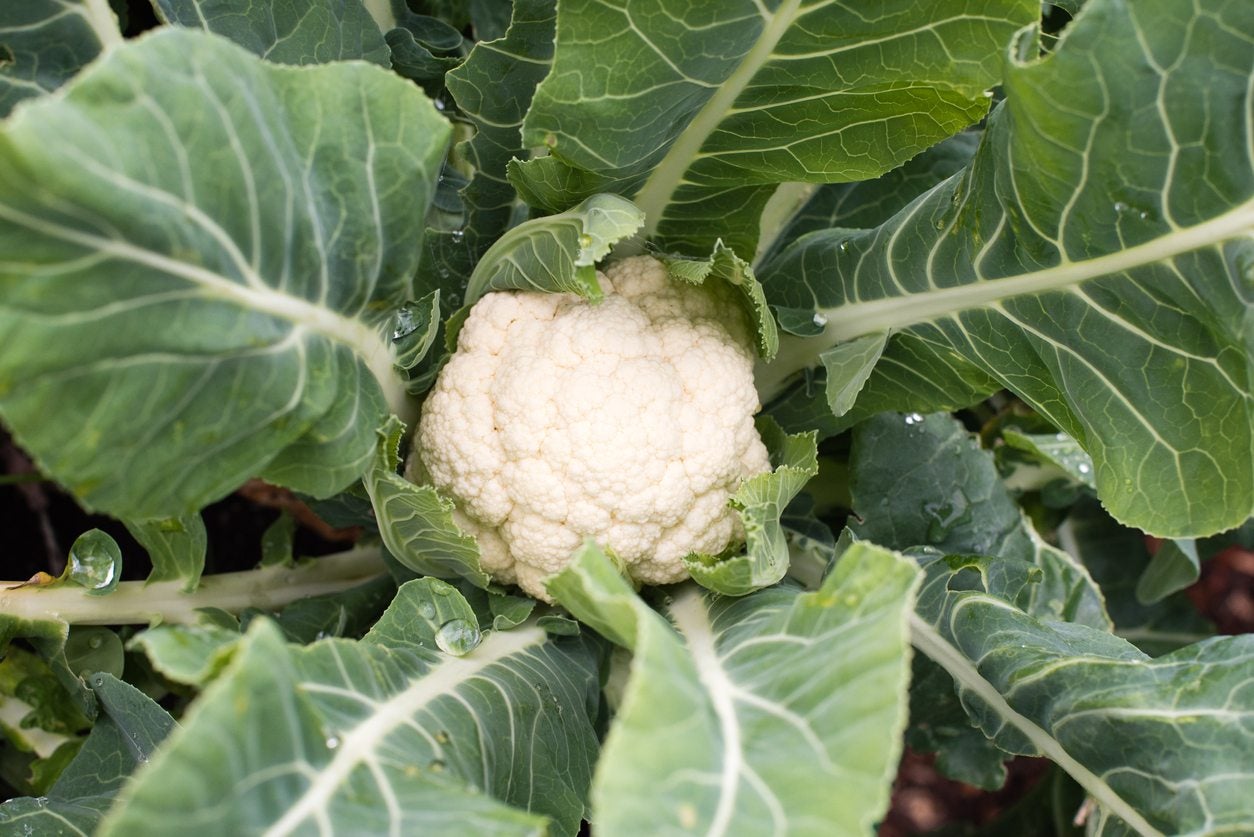 Cauliflower Protection In Gardens – Cauliflower Pest Protection And More
Cauliflower Protection In Gardens – Cauliflower Pest Protection And MoreGrowing cauliflower is not for the faint of heart. The plant is testy and sensitive to heat, frost, and pests. If you want to grow it, protecting cauliflower plants is essential to your success. This article will help with tips on cauliflower plant protection.
By Liz Baessler
-
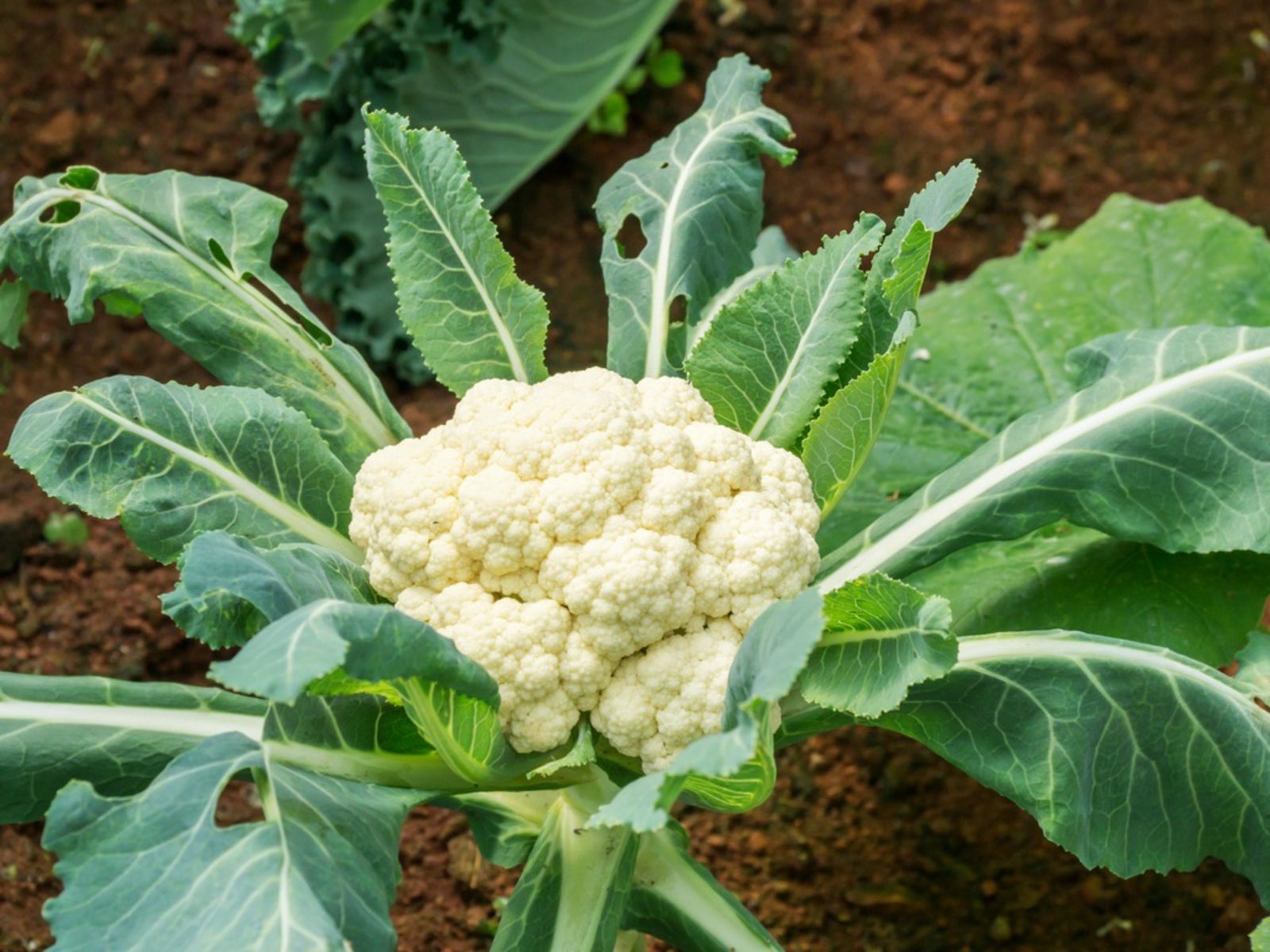 Problems Growing Cauliflower – Learn About Diseases Of Cauliflower
Problems Growing Cauliflower – Learn About Diseases Of CauliflowerKnowing what type of cauliflower diseases may afflict the veggie and troubleshooting these cauliflower problems will aid in the healthy production and yield of the plant. Click this article to learn more about treating these issues.
By Amy Grant
-
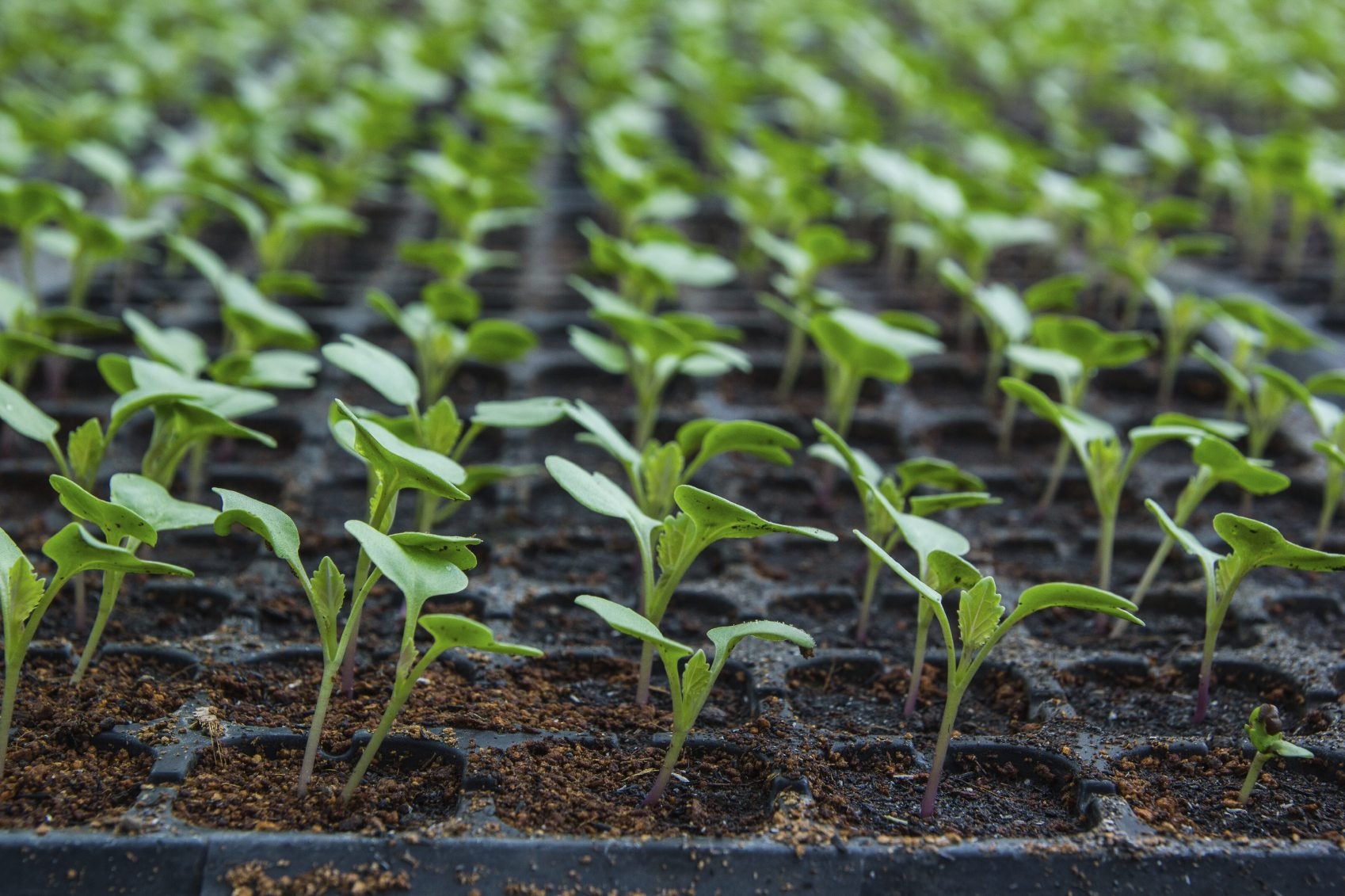 Cauliflower Seed Germination: Tips On Planting Cauliflower Seeds
Cauliflower Seed Germination: Tips On Planting Cauliflower SeedsIf you're looking for a little bit of a challenge in your garden this year, why not try growing cauliflower from seeds? This article provides information on planting cauliflower seeds. Click here for a cauliflower seed planting guide.
By Liz Baessler
-
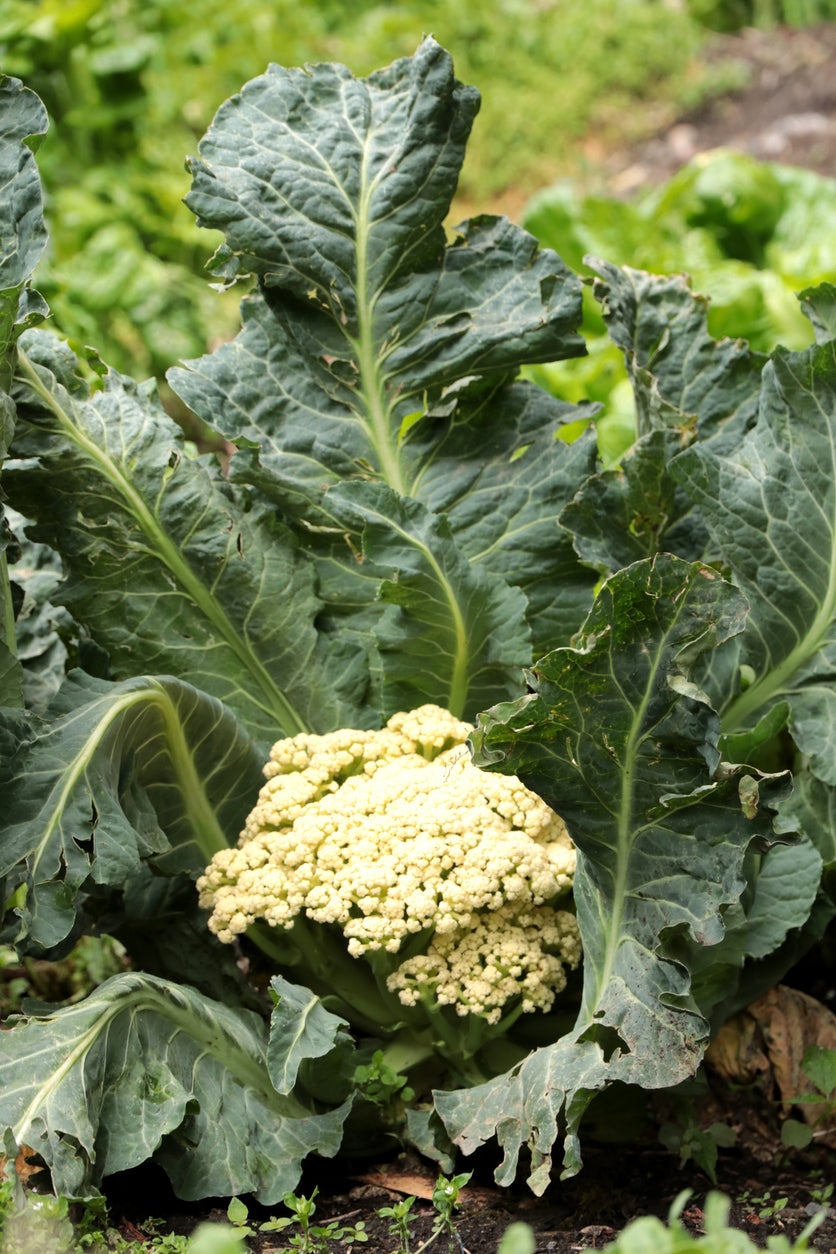 Wilting Cauliflower: Reasons For Cauliflower Plants Wilting
Wilting Cauliflower: Reasons For Cauliflower Plants WiltingWhy are my cauliflowers wilting? What can I do about wilting cauliflower? This is a discouraging development for home gardeners, and troubleshooting cauliflower problems isn't always easy. For helpful tips, click this article.
By Mary H. Dyer
-
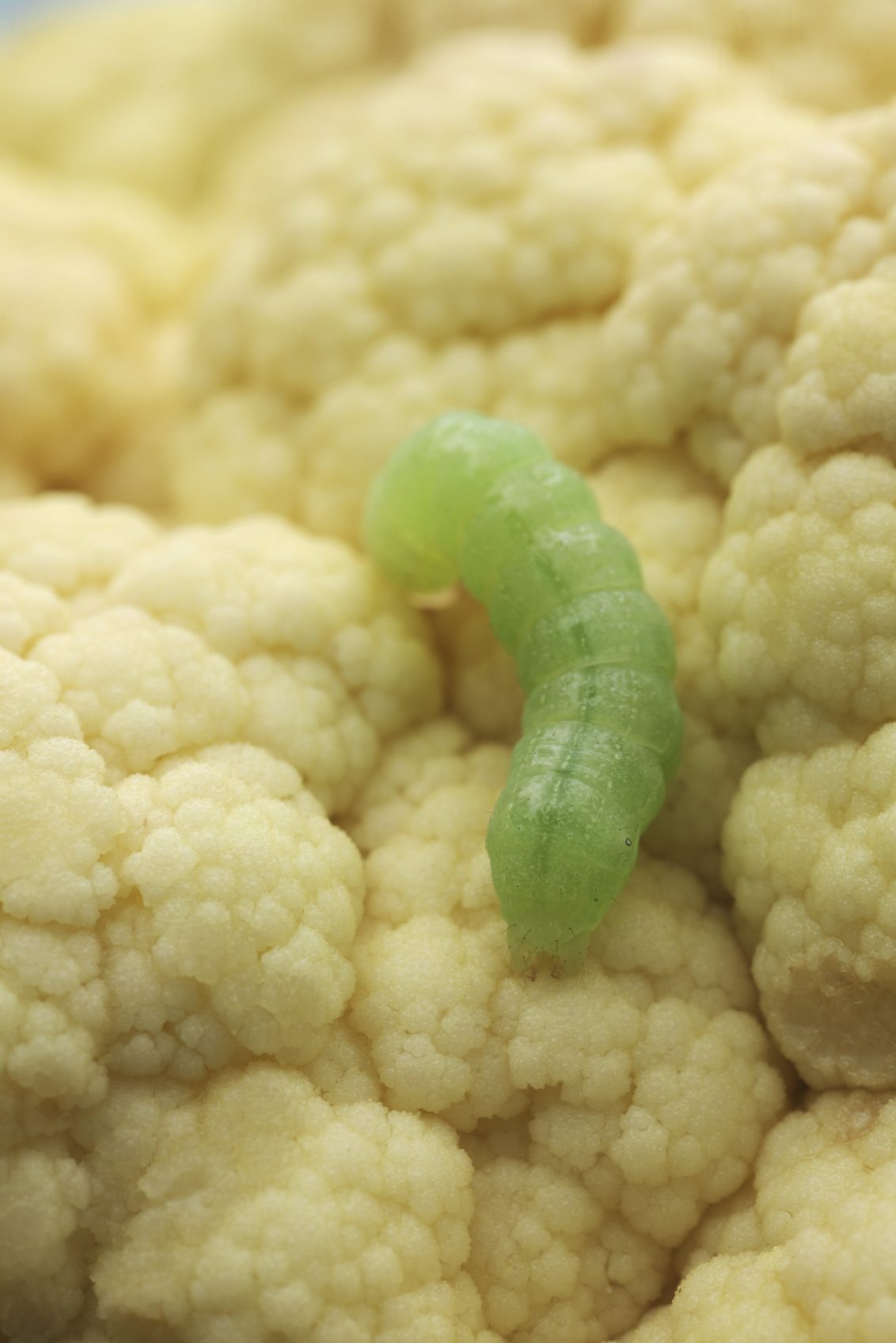 Identifying Cauliflower Bugs: Tips On Controlling Cauliflower Insects
Identifying Cauliflower Bugs: Tips On Controlling Cauliflower InsectsCauliflower bugs can decimate the crop and make the flower head unfit to eat. Treating bugs on cauliflower starts with correct identification of the pest and a targeted control plan that is non-toxic and safe for food plants. This article will help.
By Bonnie L. Grant
-
 Companion Planting Cauliflower: What Are Cauliflower Companion Plants
Companion Planting Cauliflower: What Are Cauliflower Companion PlantsCompanion planting pairs two or more types of plants for the mutual benefit of each other. In this particular article, we're going to delve into cauliflower companion planting. What cauliflower companion plants grow well with cauliflower?
By Amy Grant
-
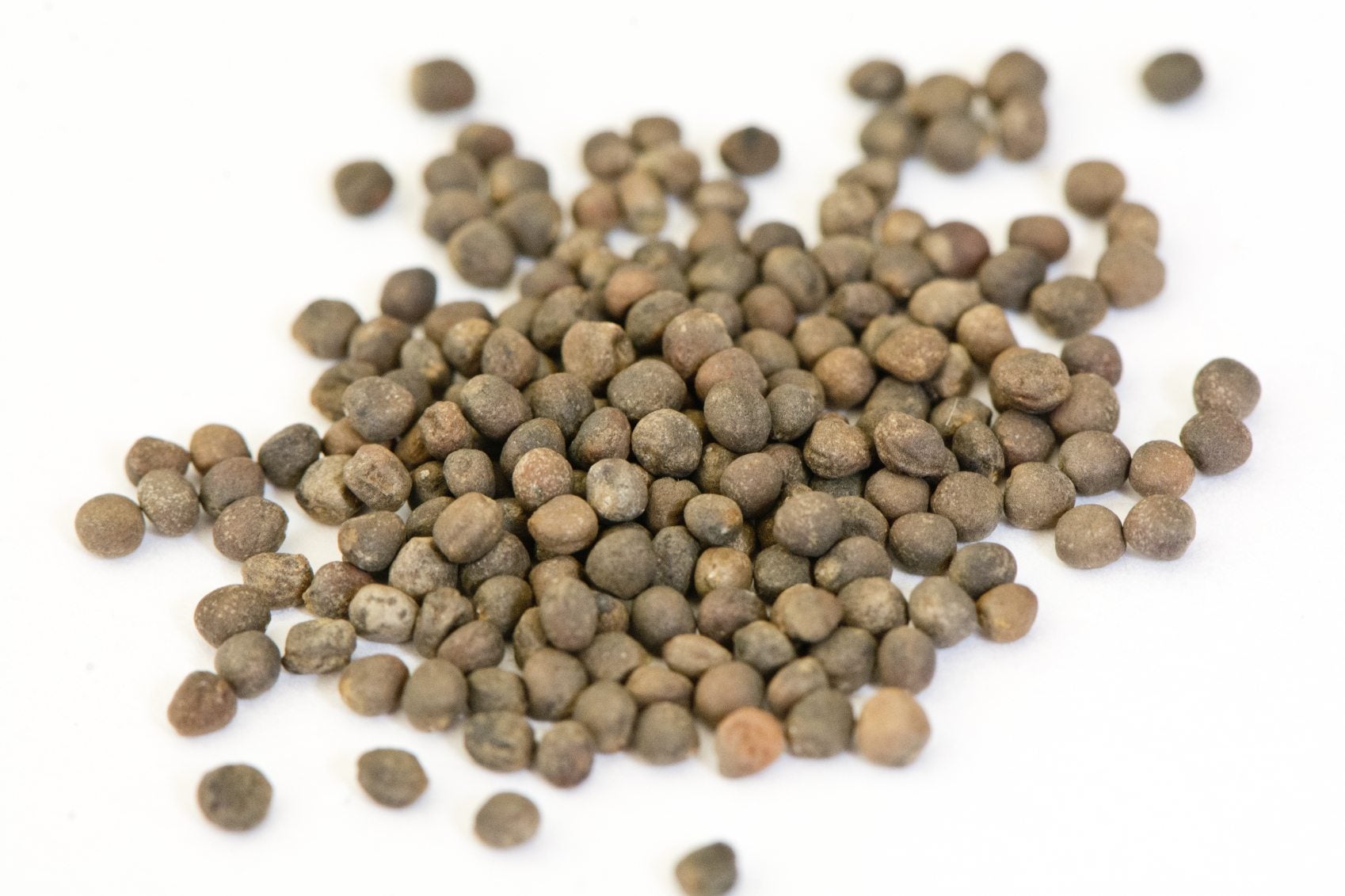 Harvesting Cauliflower Seeds: Where Do Cauliflower Seeds Come From
Harvesting Cauliflower Seeds: Where Do Cauliflower Seeds Come FromI love cauliflower and usually grow some in the garden. I generally buy bedding plants, although cauliflower can be started from seed. That fact gave me a thought. Where do cauliflower seeds come from? This article will help answer that.
By Amy Grant
-
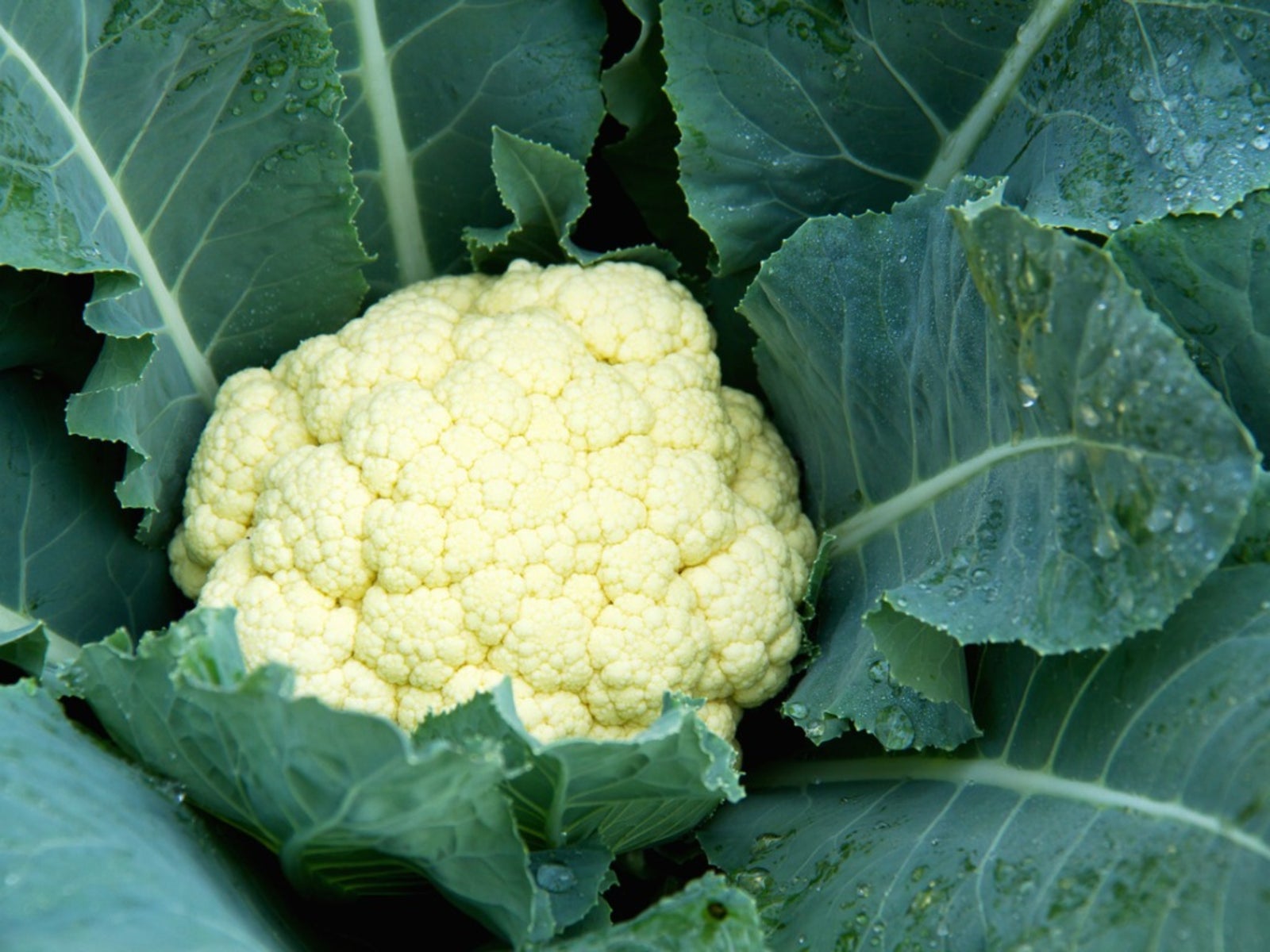 Cauliflower Care In Pots: Can You Grow Cauliflower In A Container
Cauliflower Care In Pots: Can You Grow Cauliflower In A ContainerCan you grow cauliflower in a container? Cauliflower is a large vegetable, but the roots are surprising shallow. If you have a container wide enough to accommodate the plant, you can definitely grow this tasty veggie. Click here to learn more.
By Mary H. Dyer